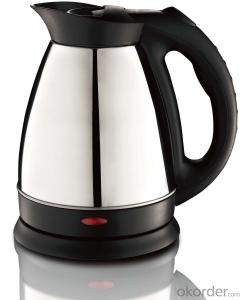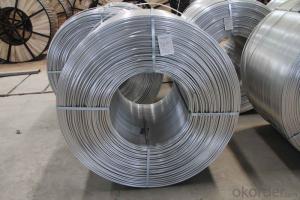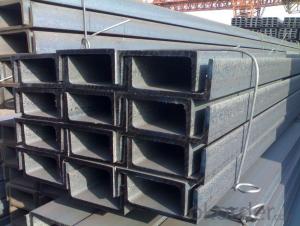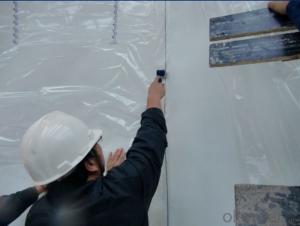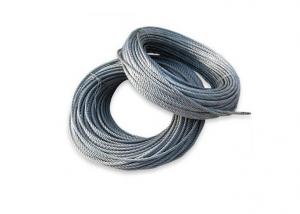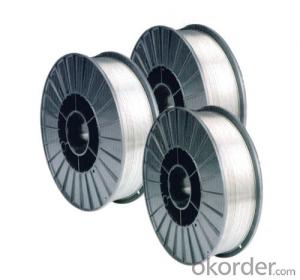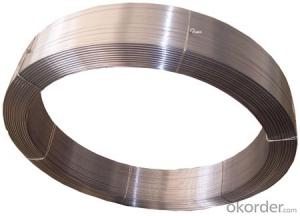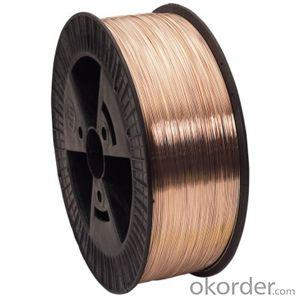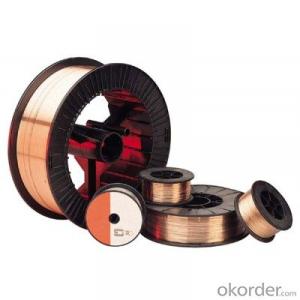1.5 Mm Stainless Steel Rod
1.5 Mm Stainless Steel Rod Related Searches
Best Paint For Stainless Steel Blanket Insulation For Steel Buildings Primer For Galvanized Steel Foam Filter For Stainless Steel H S Code For Stainless Steel Surface Grinding Wheels For Stainless Steel Surface Grinding Wheels For Hardened Steel Hole Saw For Stainless Steel Paint For Stainless Steel Stainless Steel For BbqHot Searches
Steel Mesh Panels For Sale Price For Stainless Steel Scrap Scrap Price For Stainless Steel Price For Stainless Steel Stainless Steel Tank For Sale Stainless Steel Sheets For Sale Cheap High Tea Sets For Sale Stainless Steel Tanks For Sale Stainless Steel For Sale High Density Fiberboard For Sale Solar Hot Water Collectors For Sale Scaffolding For Sale In Uae Scaffolding For Sale In Ireland Scaffolding For Sale In Houston Type Of Inverter For Solar Price Of Shipping Containers For Sale Types Of Inverter For Solar Stock Price For Aluminum Used Solar Inverter For Sale Steel Mesh Panels For Sale1.5 Mm Stainless Steel Rod Supplier & Manufacturer from China
Okorder.com is a professional 1.5 Mm Stainless Steel Rod supplier & manufacturer, offers integrated one-stop services including real-time quoting and online cargo tracking. We are funded by CNBM Group, a Fortune 500 enterprise and the largest 1.5 Mm Stainless Steel Rod firm in China.Hot Products
FAQ
- Yes, stainless steel wire can be used for making wire jewelry. It is a popular choice due to its durability, strength, and resistance to tarnish. Additionally, stainless steel wire is available in various gauges and finishes, making it versatile for different jewelry-making techniques and designs.
- There are several different types of stainless steel wire crimping tools available on the market, each designed for specific purposes and requirements. Here are some of the most common types: 1. Handheld Crimpers: These are the most basic and commonly used crimping tools. They are handheld, portable, and usually have adjustable crimping slots to accommodate various wire sizes. Handheld crimpers are suitable for low to medium volume crimping applications. 2. Ratchet Crimpers: Ratchet crimpers provide additional leverage and ensure a consistent and secure crimping result. They feature a ratchet mechanism that allows for precise and controlled crimping, ensuring a strong and reliable connection. Ratchet crimpers are commonly used in high-volume or professional applications. 3. Pneumatic Crimpers: Pneumatic crimping tools are powered by compressed air and offer higher crimping force and speed compared to manual tools. These tools are ideal for heavy-duty applications where a large number of crimps need to be made quickly and efficiently. 4. Hydraulic Crimpers: Hydraulic crimpers utilize hydraulic pressure to deliver high force for crimping wire connections. They are capable of handling larger wire sizes and are often used in industrial or heavy-duty applications that require a high level of reliability and precision. 5. Battery-Powered Crimpers: Battery-powered crimping tools are cordless and provide mobility and convenience. They are commonly used in situations where access to electricity is limited or when working in remote locations. These tools use rechargeable batteries and often offer adjustable crimping force settings. 6. Dieless Crimping Tools: Dieless crimping tools use interchangeable jaws instead of fixed dies, allowing for versatility and flexibility in crimping different wire sizes and types. They are often used in applications where a wide range of wire sizes need to be crimped. It's important to consider the specific requirements of your wire crimping application and choose the appropriate type of stainless steel wire crimping tool that best suits your needs.
- Certainly! Wire crochet hooks can indeed be made using stainless steel wire. Stainless steel possesses durability and resistance to corrosion, rendering it suitable for crochet hooks that may encounter moisture or other elements. Moreover, stainless steel boasts strength and flexibility, enabling the creation of flawless and seamless crochet stitches. Nevertheless, it is crucial to ensure that the gauge or thickness of the stainless steel wire aligns with the intended crochet project.
- Yes, stainless steel wire can be used for piano wire. While traditional piano wire is typically made of high carbon steel, stainless steel wire can also be used as a suitable alternative. Stainless steel wire offers corrosion resistance and durability, making it a viable option for piano wire applications. However, it is important to consider the specific requirements and characteristics of the piano in question before deciding on the type of wire to be used.
- Is the inner and outer joint of the water pipe good with copper or stainless steel?
- Copper is good, and it does not rust. Stainless steel is more beautiful, but some quality is not good, with a period of time, the surface of the coating will burst up, which rust.
- Wire mesh panels can be made using stainless steel wire. Stainless steel is a versatile material that provides excellent strength, durability, and resistance to corrosion. These characteristics make it suitable for various applications that require wire mesh panels, including fencing, screening, and industrial use. Industries like agriculture, construction, mining, manufacturing, and even decorative purposes commonly utilize stainless steel wire mesh panels. Typically, the stainless steel wire used in these panels is woven or welded to create a sturdy and secure mesh structure. This type of wire mesh panel can endure harsh environments, extreme temperatures, and exposure to chemicals, ensuring reliability and longevity.
- Yes, stainless steel wire can be used for sifting and sieving applications. Stainless steel wire is known for its durability, strength, and resistance to corrosion and high temperatures. These qualities make it an ideal material for sifting and sieving applications where reliability and longevity are important factors. Stainless steel wire meshes and screens can be used to separate particles of different sizes, ensuring accurate and efficient sieving. Additionally, the smooth surface of stainless steel wire prevents the accumulation of debris and facilitates easy cleaning, making it a hygienic choice for food and pharmaceutical industries. Overall, stainless steel wire is widely used in various industries for sifting and sieving applications due to its excellent mechanical properties and resistance to wear and tear.
- Yes, stainless steel wire is highly resistant to humidity. Stainless steel is an alloy that contains a minimum of 10.5% chromium, which provides it with excellent corrosion resistance. This makes it suitable for use in humid environments where other materials may rust or corrode. Stainless steel wire can withstand high levels of humidity without experiencing any significant degradation in its strength or durability. Additionally, stainless steel's resistance to humidity also makes it ideal for outdoor applications, marine environments, and industrial settings where moisture is present.



























